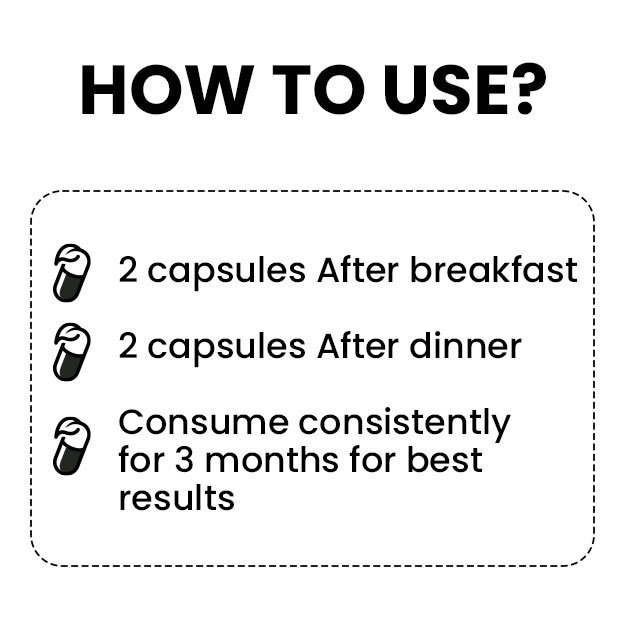Respiratory acidosis occurs when the lungs cannot remove enough of the carbon dioxide produced by the body. Excess CO2 causes the pH of blood and other bodily fluids to decrease, making them too acidic.
Read more - (Home remedies for Chest congestion)




























